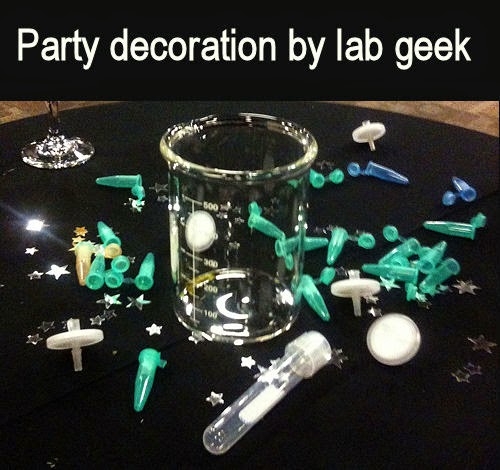Plasma proteins, also termed serum proteins or blood proteins, are proteins present in blood plasma. They serve many different functions, including transport of lipids, hormones, vitamins and metals in the circulatory system and the regulation of acellular activity and functioning of the immune system. Other blood proteins act as enzymes, complement components, protease inhibitors or kinin precursors.
Serum albumin accounts for 55% of blood proteins, and is a major contributor to maintaining the osmotic pressure of plasma to assist in the transport of lipids and steroid hormones. Globulins make up 38% of blood proteins and transport ions, hormones, and lipids assisting in immune function. Fibrinogen comprises 7% of blood proteins; conversion of fibrinogen to insoluble fibrin is essential for blood clotting. The remainder of the plasma proteins (1%) are regulatory proteins, such as enzymes, proenzymes, and hormones. All blood proteins are synthesized in liver except for the gamma globulins.
Read more:
Plasma proteins
 Source: Slideshare
Source: Slideshare




































